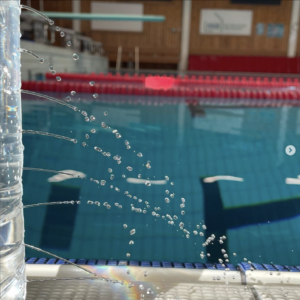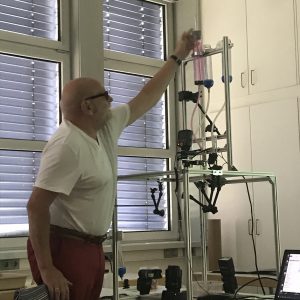
A simple way to visualize how hydrostatic pressure increases with depth
I did this demo for my freediving club Active Divers (and if you aren’t following us on Insta yet, that’s what I am taking all these pretty pictures for!): 1.5l PET…

